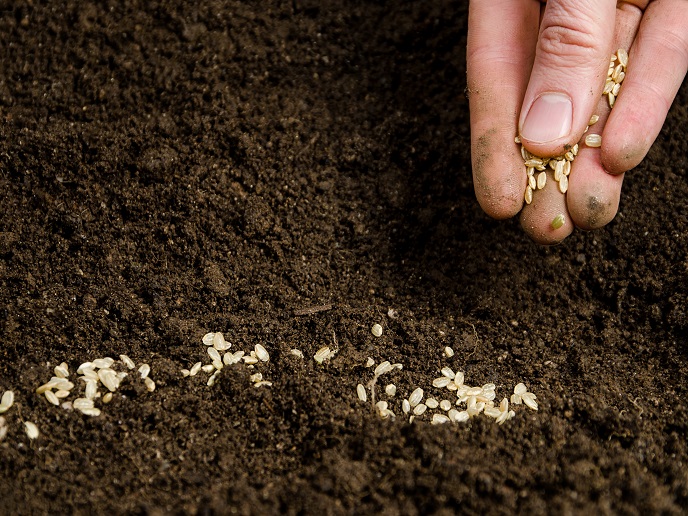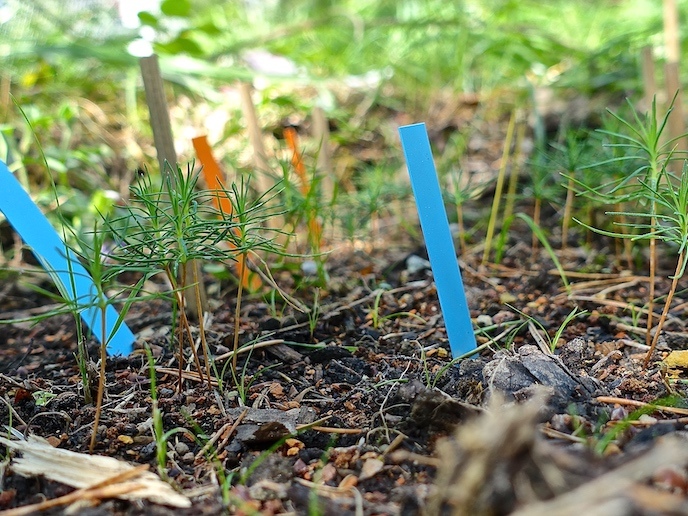Morphing plant cells with geometry and impact on plant growth and tissue organisation
To grow the best and most nutritious crops in less-than-ideal soils, and to reduce dependence on inorganic fertilisers and pesticides, an understanding of how plants grow is crucial. Plants are subject to a dizzying range of physical pressures: for example, soil compaction and wind exposure. But plants may be able to adapt for optimal growth, it’s just a matter of knowing how growers and agriculturalists can induce this response.
High impact results
The cytoplasm of a plant cell is not just a blob of jelly, it has a shape supported by two main cytoskeletal proteins, actin and microtubules (MTs). These help cells maintain their shape, and yet, the cytoskeleton is highly dynamic. “The main goal of the PlantCellMech project was to develop an experimental approach to control the shape of single plant cells and to measure the contribution of cell geometry in determining cytoskeletal organisation,” outlines Pauline Durand-Smet, Marie Skłodowska-Curie fellow. Durand-Smet used micro-lithography to manufacture a set of tiny silicone moulds in circle, square, rectangle and triangle shapes, to constrain plant cells without a wall (protoplasts) in defined geometries. Each mould was used to make a sheet of agar with precisely sized micro-wells, each holding a single plant protoplast. With 3D modelling, the researchers revealed that a geometry rule is sufficient to explain the observed MT organisation, controlling the alignment of the MT network. They also showed that actin organises similarly to MTs in elongated shapes. Application of drugs that changed the polymerisation of the cytoskeleton proteins revealed that actin organisation in response to geometry relies on MTs but not vice versa. Experimentation with cells with altered katanin proteins also confirmed that severing proteins is important for well-aligned MT organisation in response to shape change.
Controlling the experimental pressures
“Lack of control of turgor pressure (which arises from the difference of osmotic pressure between inside and outside the cells) in the protoplasts causes them to burst,” explains Durand-Smet. “We therefore made sure we controlled the osmotic pressure during the studies.” They also had to work quickly as the protoplasts started to regenerate a cell wall within a few hours. Analysis of the cell shape modelling also required exact identification of the actin filaments and MTs during shape changes. The PlantCellMech researchers used fluorescent markers for the different proteins and observed the cytoskeletal proteins within the protoplasts with high-resolution microscopy.
Conclusions, extra applications and future
Moving from modelling the shape of protoplasts in tiny wells in the lab may seem a long way from commercial applications. However, plants provide the starting materials for clothing, paper, furniture and fuel. Durand-Smet points out: “Being able to control the shape of plant cells and therefore growth pattern and yield has economic significance.” Durand-Smet views this work as a first step towards assessing quantitatively how cell geometry contributes to the control of cytoskeletal organisation in living plant cells. “We hope that the approach taken in PlantCellMech can be further developed to study how geometry impacts plant cell division orientation or cell polarity,” she concludes. Her plans for the future include tracking how the cytoskeleton realigns during the cell shape transition and measuring the impact of a quantifiable force applied to a cell. The paper describing the work, ‘Cytoskeletal organization in isolated plant cells under geometry control’, has been published in bioRxiv.
Keywords
PlantCellMech, shape, geometry, protoplast, cytoskeletal, actin, single plant cell, osmotic pressure, plant growth, microtubule







